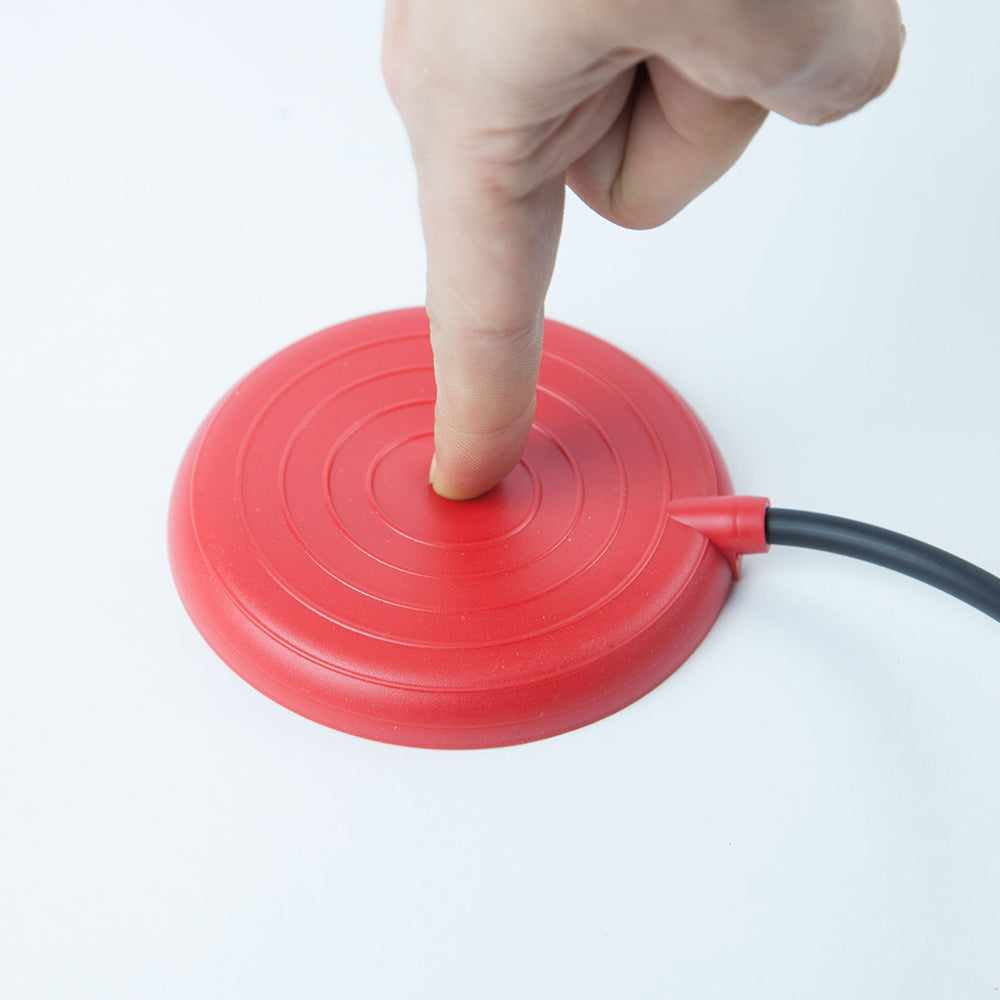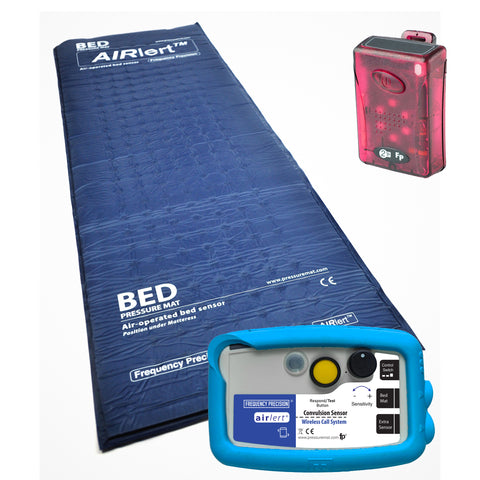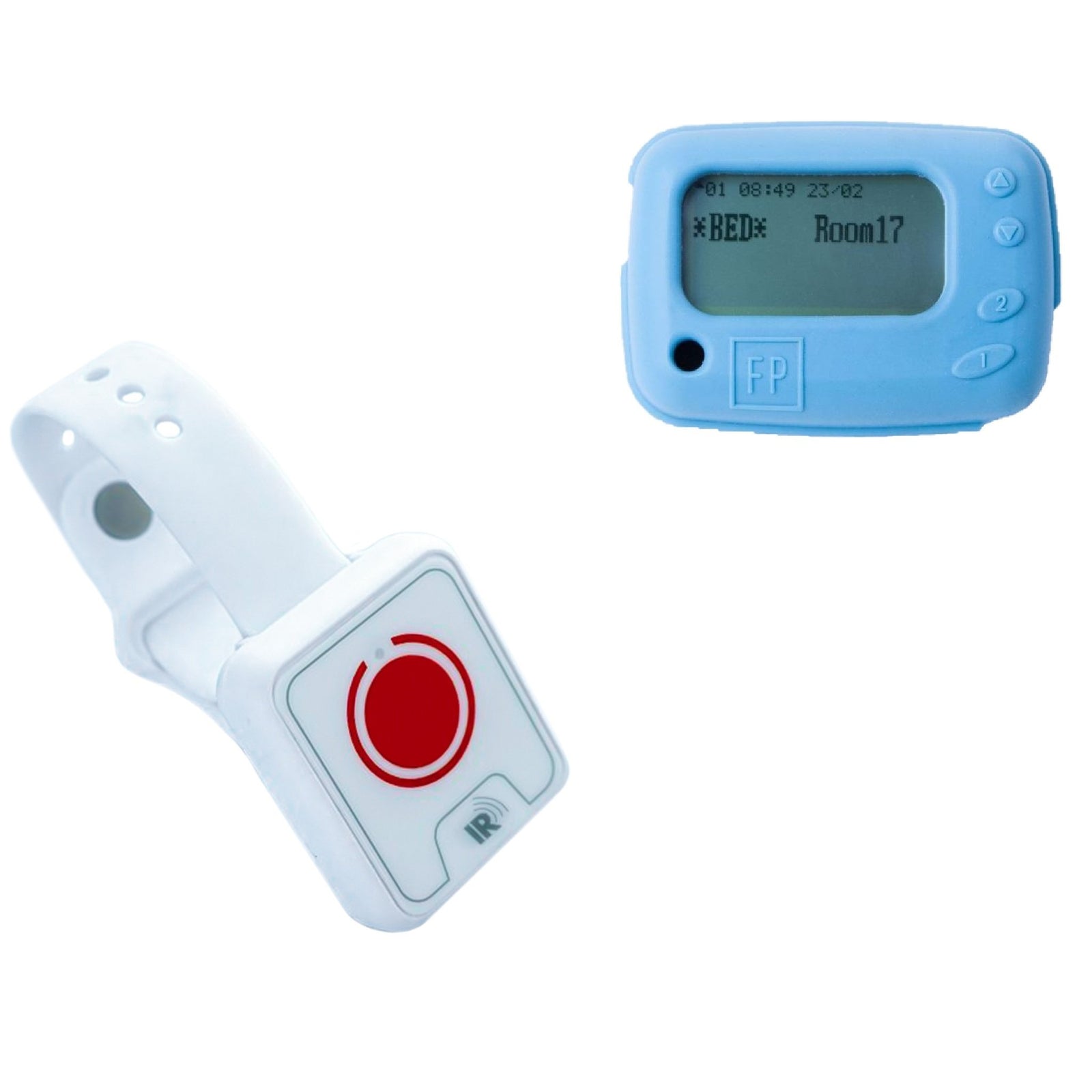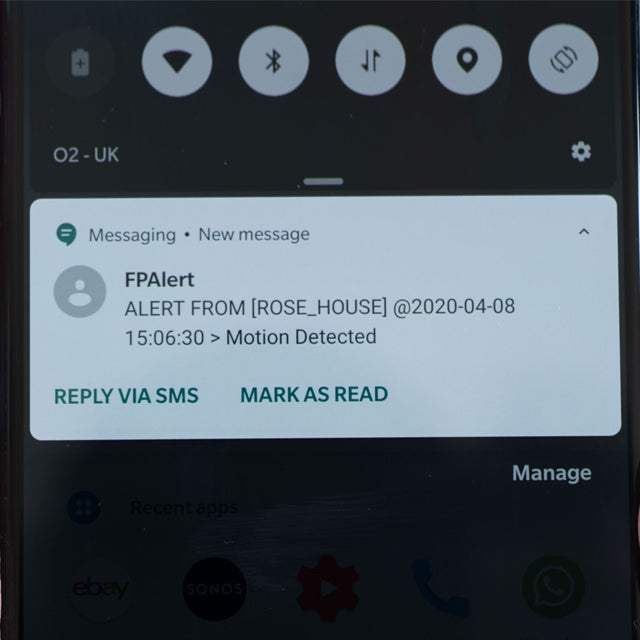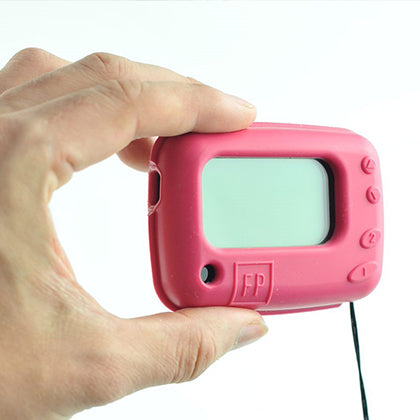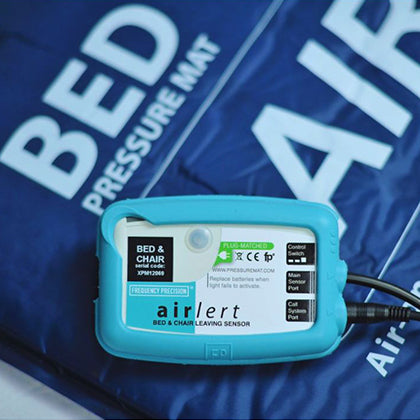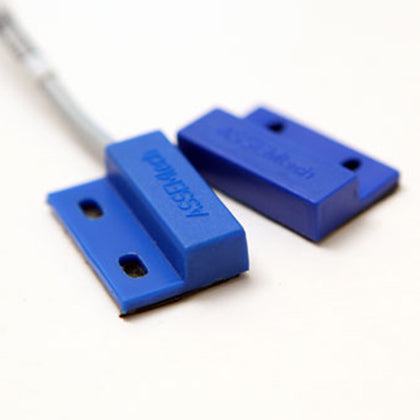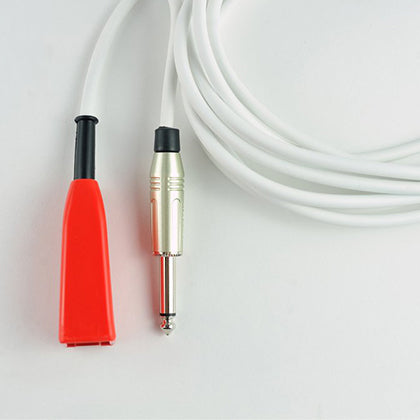Generally, people develop insomnia whenthey're deprived of sleep for too long or experience a source of sleep anxiety. Other chronic diseases like Alzheimer's and dementia can also lead to insomnia, which has adverse effects on the body, physically and emotionally.
The most common type of insomnia people with Alzheimer can have is"parasomnia"–behaviors that are disruptive to sleep, such as wandering, night-time confusion/restlessness, anxiety/agitation, and mood or behavioral changes.
Minimizing the sleep deficits of your patients with dementia (in-home elderly care) can be a challenge.
To help your loved ones sleep peacefully at night, we recommend discussing using some insomnia preventative devices with them.
Here’s how these devices can help insomniac patients:
1. Bed Occupancy Sensor
Abed occupancy sensor is exactly what it sounds like; it’s a device that detects whether someone is in bed. It can be used to monitor whether your elderly relative wakes up during the night (which will allow you to intervene early on) and ensure that they make it into bed at night—something vital to healthy sleep habits.
Smart bed occupancy sensors also known asbed sensor pads, are most suitablefor dementia patients. They are connected to alarms that alert caregivers when an older adult has left their bed or gotten up without assistance. Such sensors also track vital signs like heart and breathing rate to help monitor their well-being while one is away.
Ourbest bed alarms for elderly could be used in conjunction with a motion sensor to reduce the occurrence of unassisted or unmonitored patient visits to the toilet, kitchen, near the staircase, and in the hallway near the entry door.

2. Pressure Sensing Floor Mats
A basicpressure sensing floor mat can be a great way to monitor an older adult's movement during the night. The floor mats are placed in front of the bed, and when the person gets up, their weight on the mat triggers a wandering alert. The alarm is wireless and can be connected to a sensor pager or a nurse call system.
Ourpressure sensing floor mats are generally easy for people to use and come with an anti-slip attachment. When implemented properly, they present no risks to the person using them.
3. Wireless Easy Press Call Buttons
A wireless easy press call button allows the older adult to contact caregivers without having to move around at night, reducing the chance of unfortunate situations. It also helps caregivers respond quickly to issues rather than forcing the older adult to wait until morning.
Because it can be difficult for some people to reach a telephone, these buttons should be positioned in convenient locations throughout the home, such as next to bedsides or near chairs where they might sit down frequently during their day-to-day lives.
You can also buy pressure mats for dementia and Alzheimer's patients, fall detection assistive care and alert systems, toilet alarms, and epilepsy monitors at a reasonable price from Frequency Precision.
Reach out to us today and learn more about our products!

